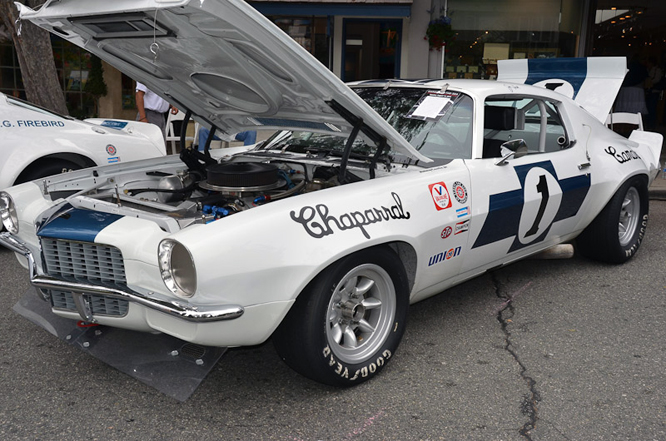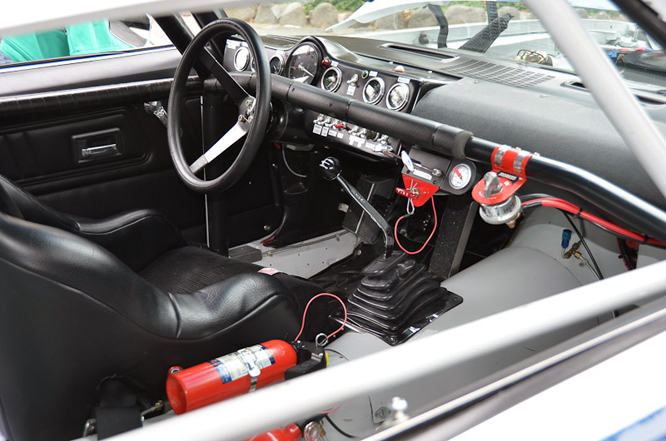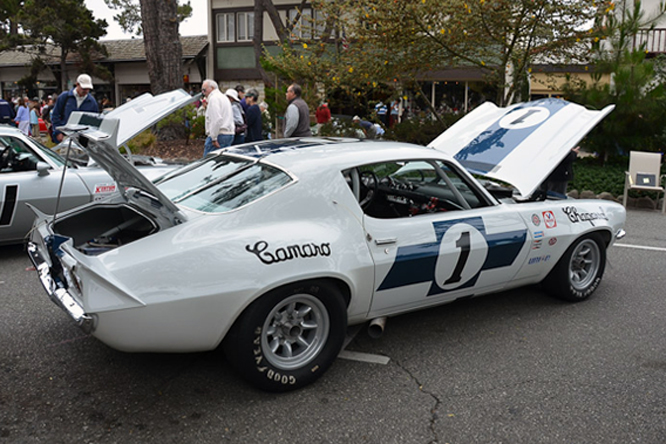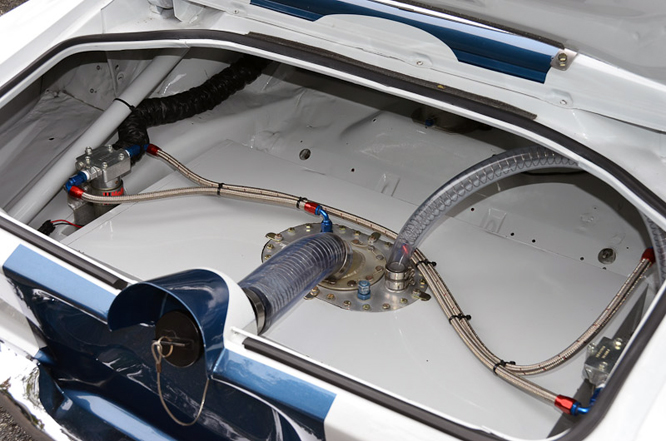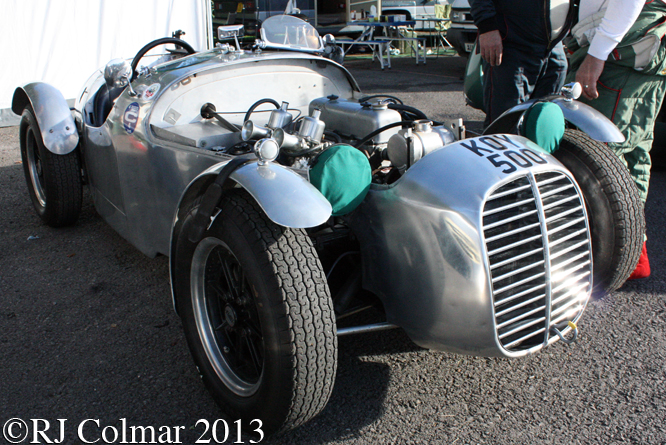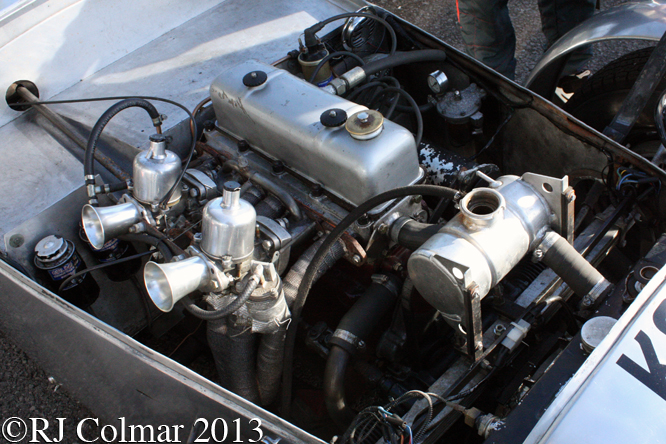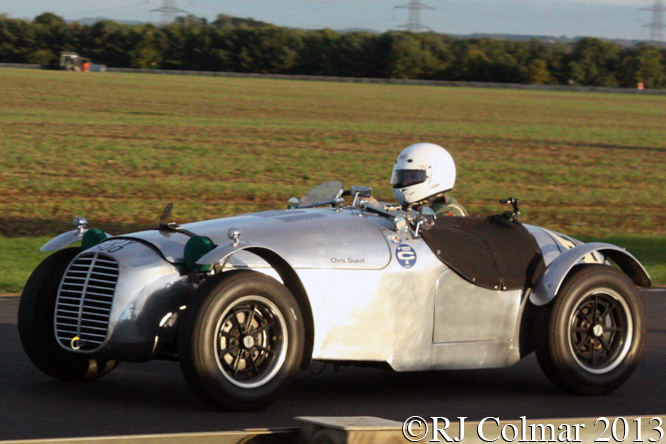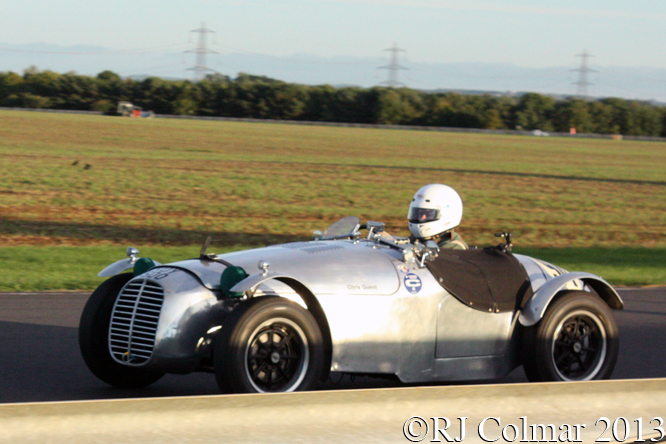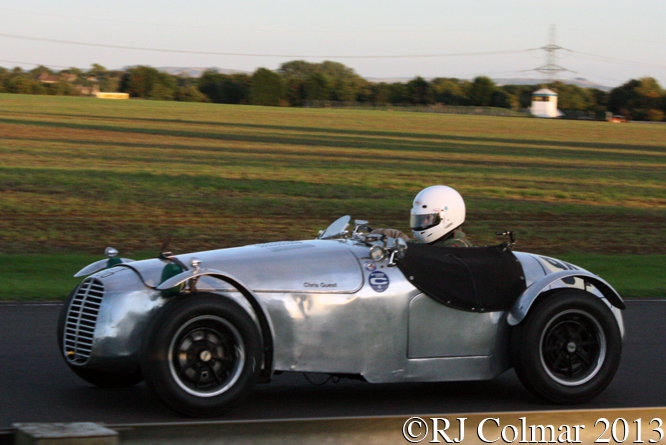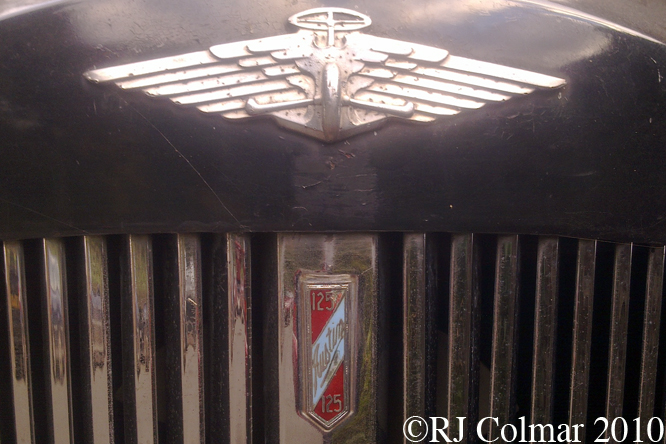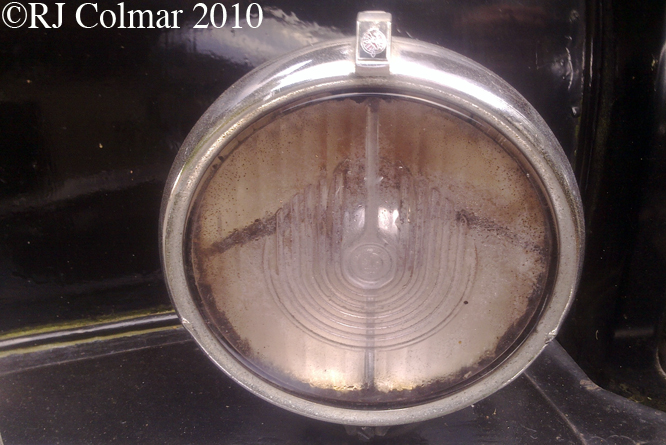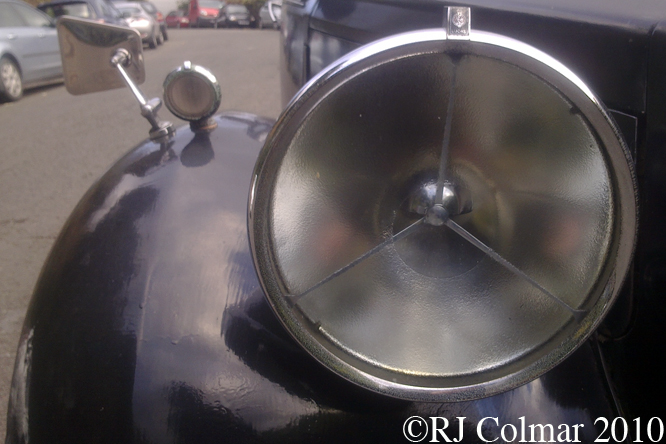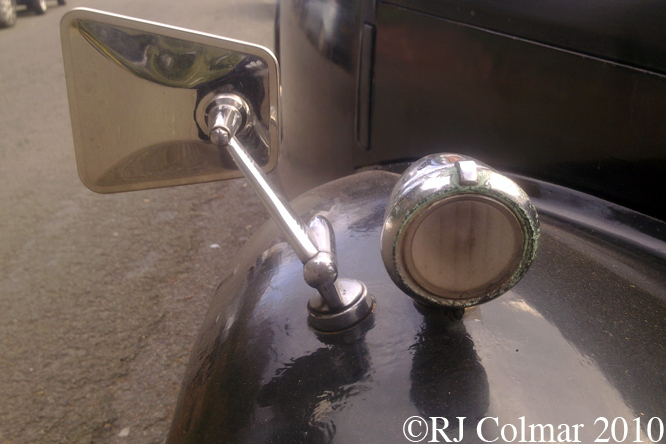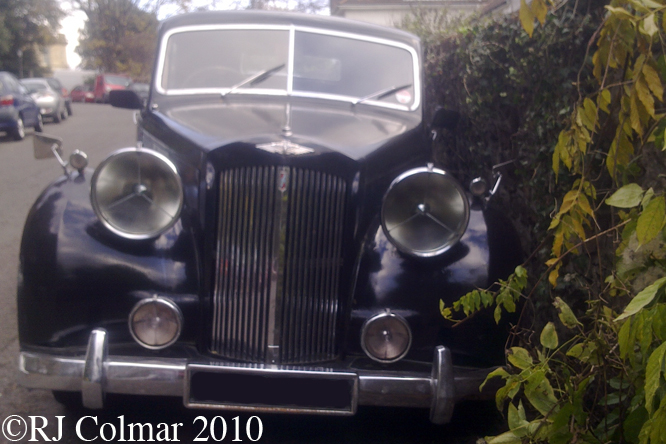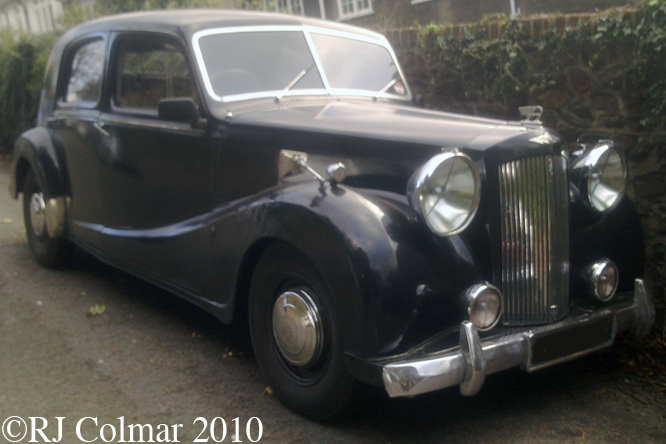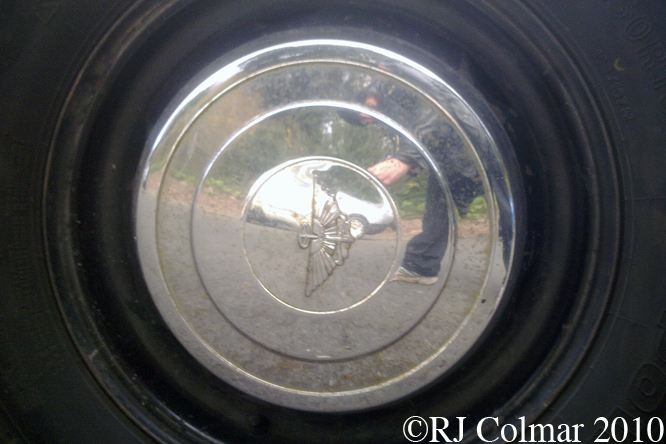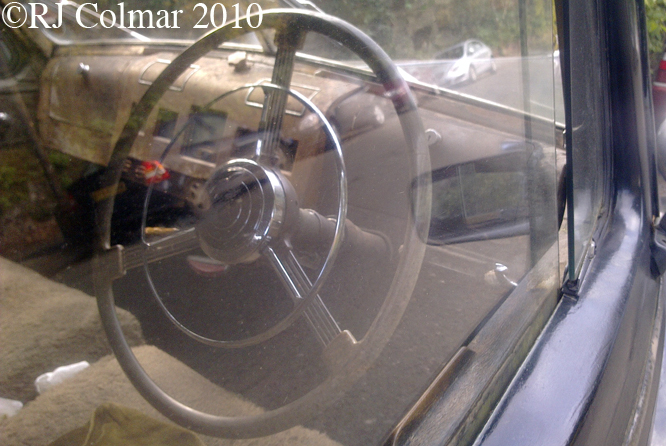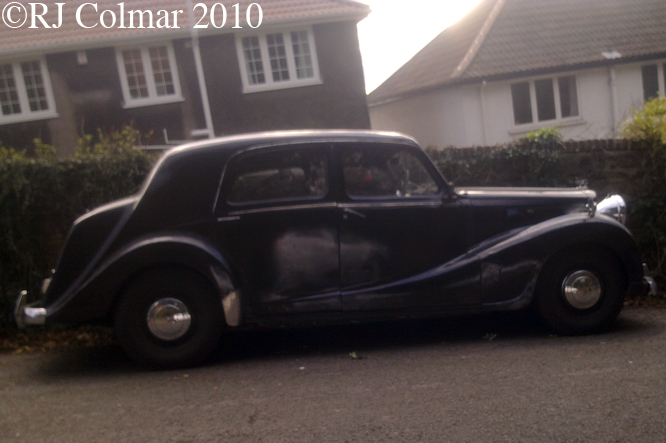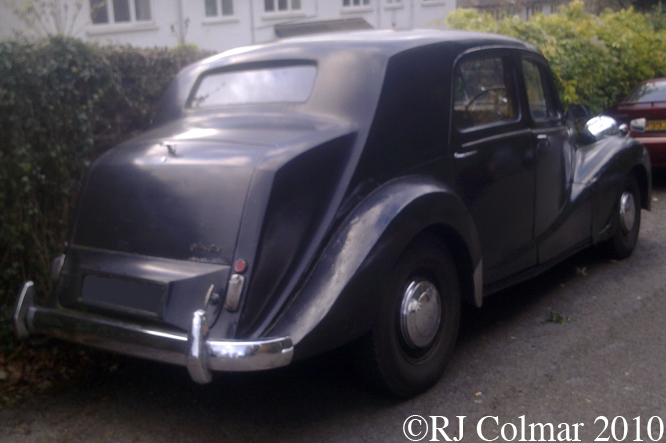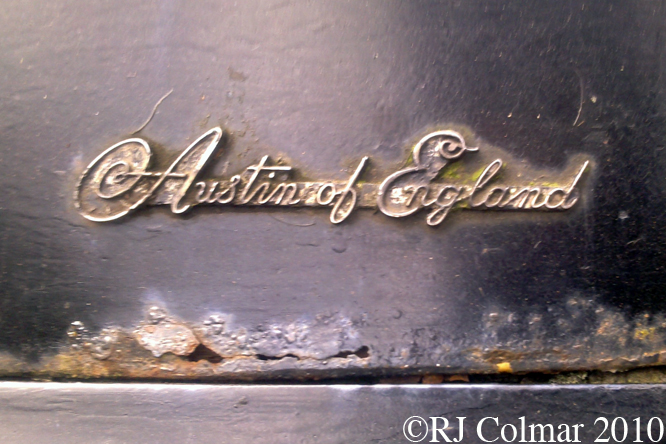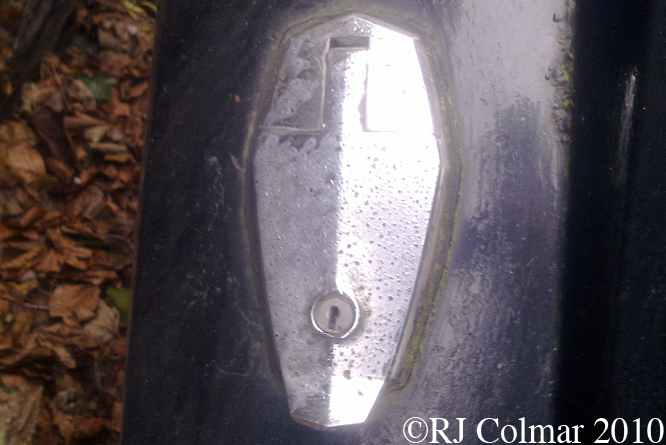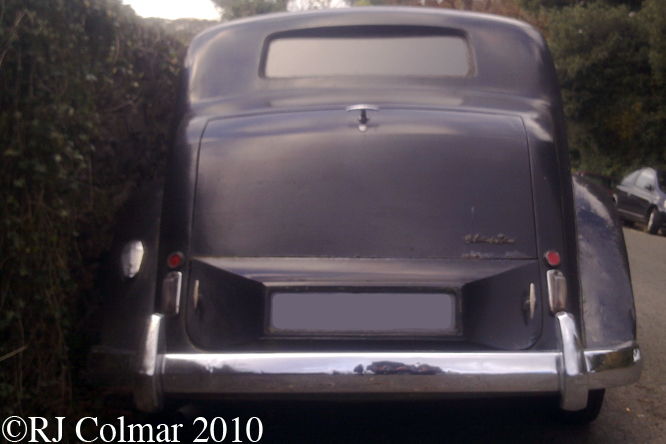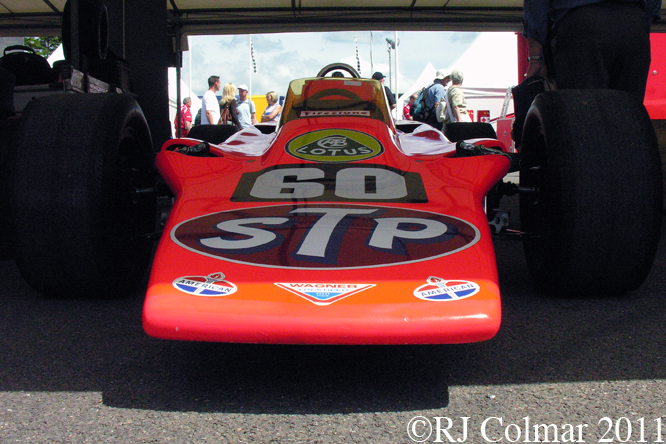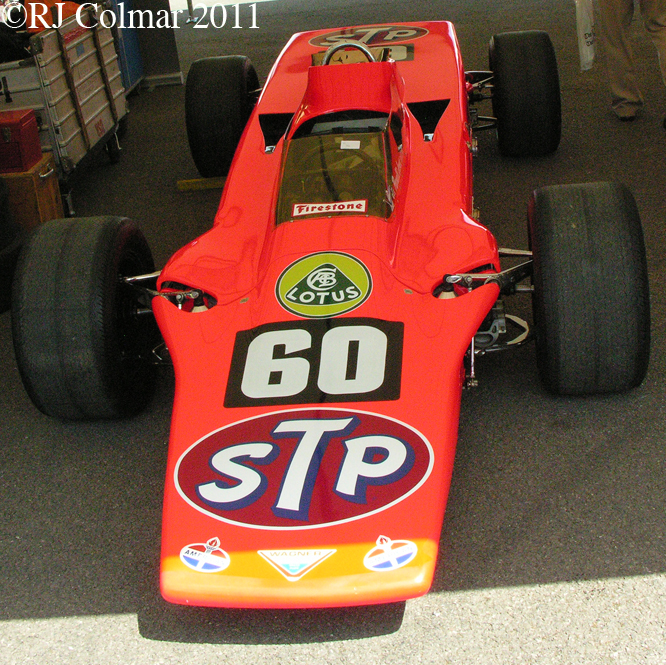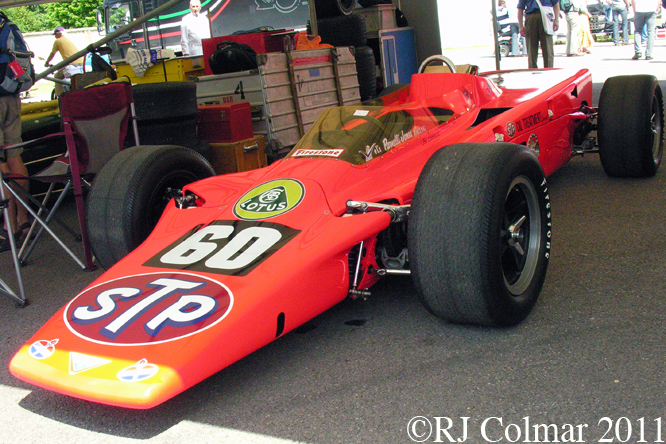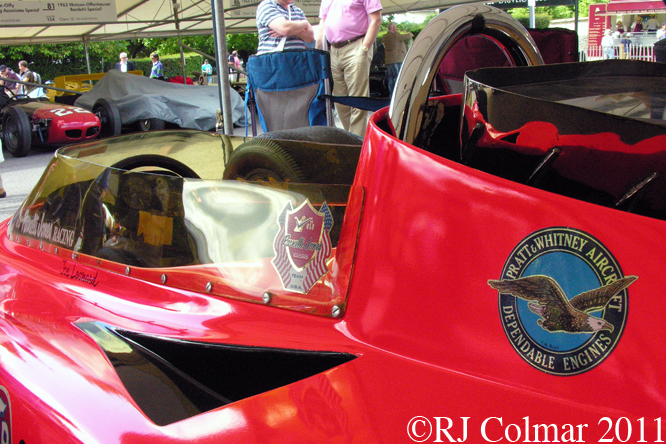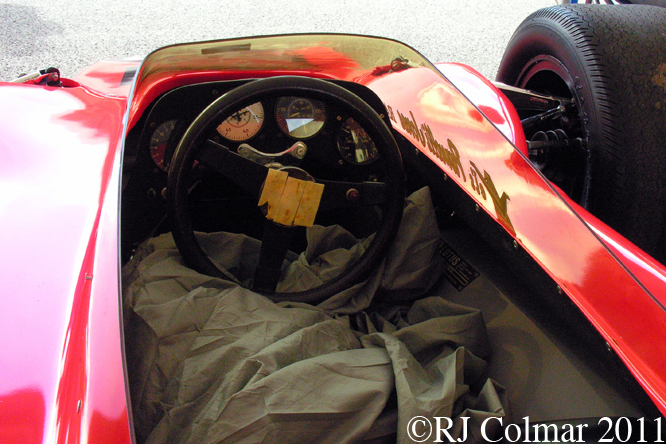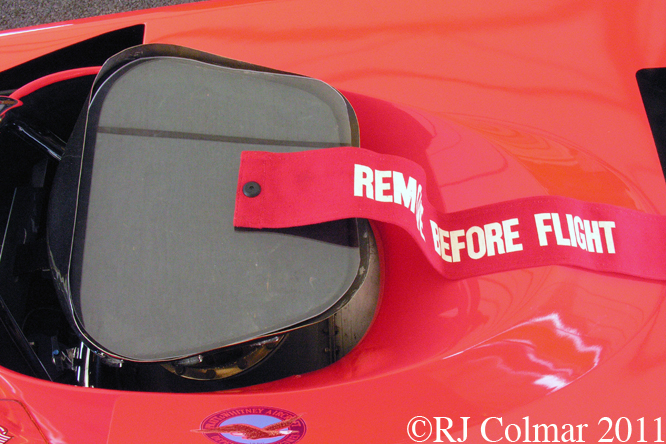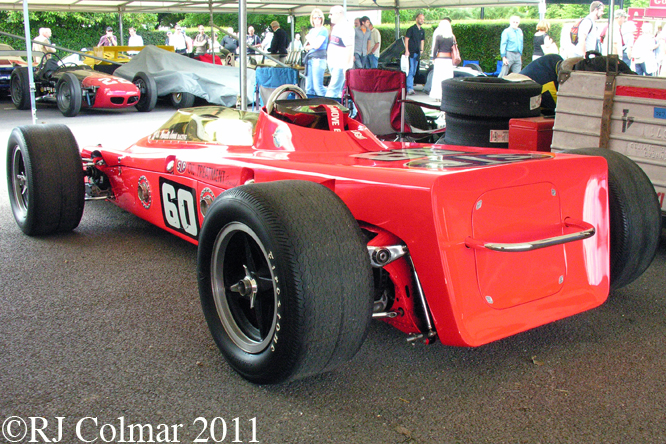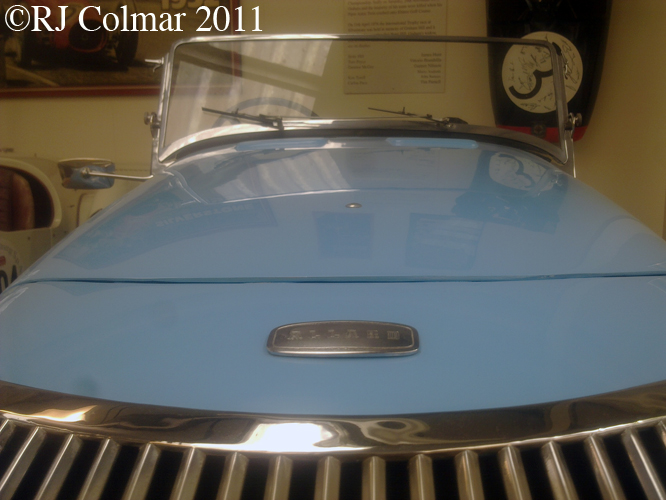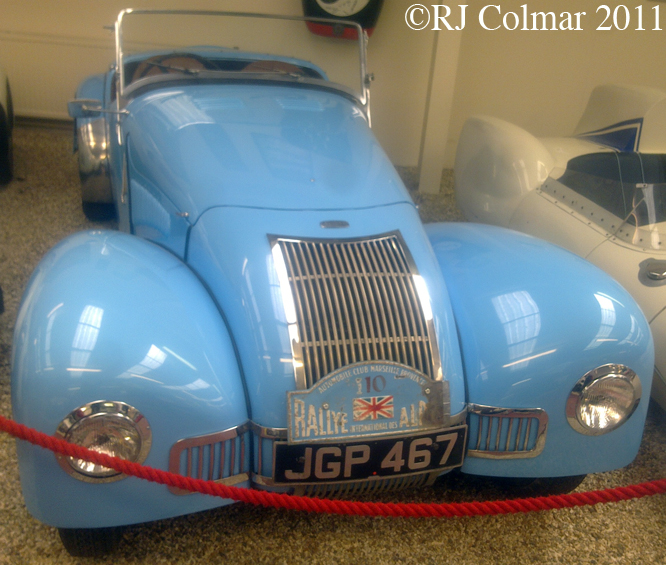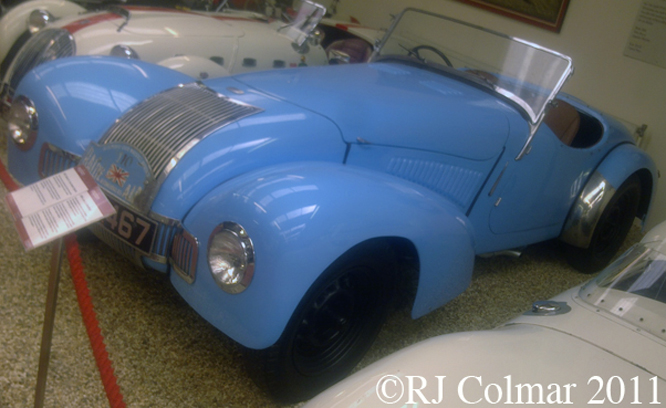One of the earliest motoring books I was given was called Cars Cars Cars Cars by SCH Davis, published by Hamlyn in 1969, from memory the concluding chapter dealt with the future of motoring with a look at some of the gas turbine passenger concept vehicles that had been unveiled over the previous 10 or 20 years.
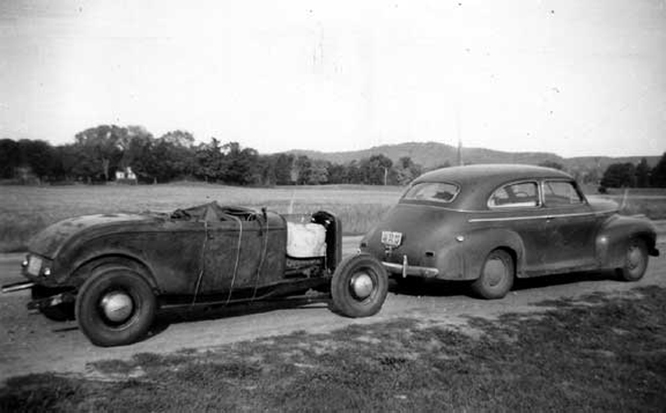
Unfortunately the promise of the so called ‘Jet Car’ has yet to become reality and this had troubled Boeing Engineer Leonard Williams, a full ten years before I read about them, so that when he heard of the opportunity to buy a government surplus Boeing gas turbine for $500 he took the opportunity to build the very first privately owned gas turbine motor vehicle.
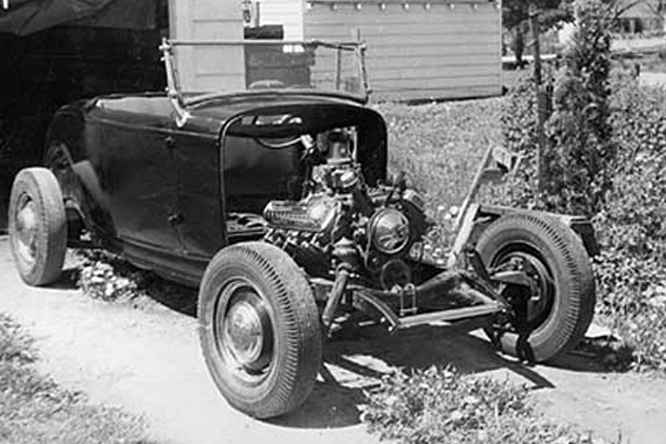
The story of Len’s gas turbine car began after a trip to the road races and Concours d’Elegance at Watkins Glen in 1949 where he was deeply impressed by a 1932 Highboy Roadster from Massachusetts fitted with an immaculate flat head Mercury motor, hydraulic brakes and a black lacquer paint job which stood out among the Duesenbergs, Jaguars, Ferraris, and sundry European exotica.
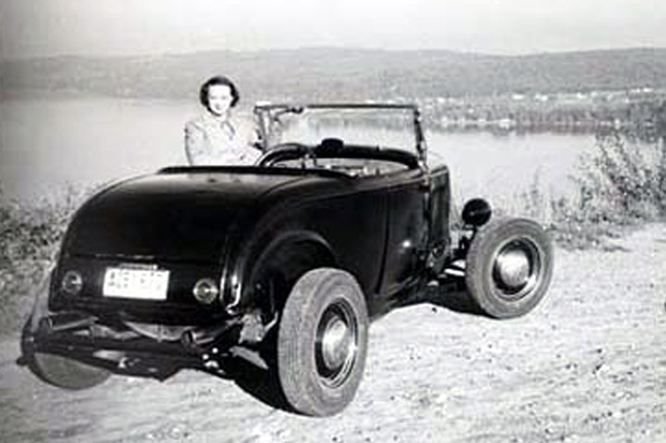
After returning to Willow Run Michigan where he was studying Leonard purchased a a rusty ’32 Roadster from the son of Preston Tucker, of Tucker cars, who was living with his Grandmother in Ypsilanti for $50. Len bought a ’41 Ford for a $100 and swapped over the motor, transmission, brakes and wheels over to his Roadster making a few improvement’s to the motor along with a set of Pontiac tail lights.
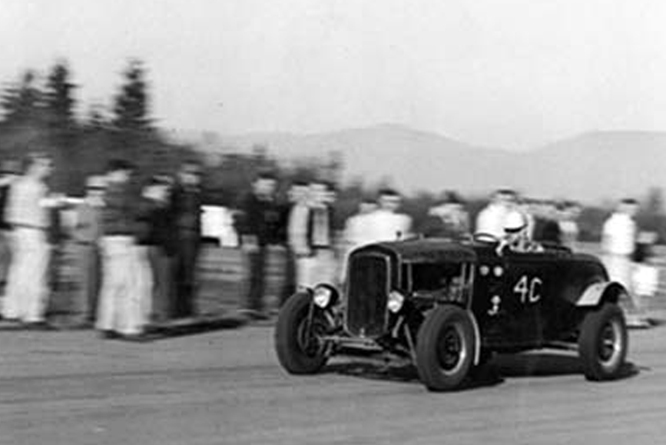
Upon graduating from the University of Michigan in 1950 Len moved with his wife Gladys to Seattle where he was employed Boeing and towed his not quite complete Roadster west behind his ’41 Chevrolet. Once Len had finished transforming the Roadster into a Hot Rod he used it as his daily transportation and joined the Dragons Hot Rod Club who used to run a 1250 ft drag strip at Arlington Airport for fun. Above Lens Roadster can be seen at Arlington fitted with token mud guards / fenders as required by the State of Washington.
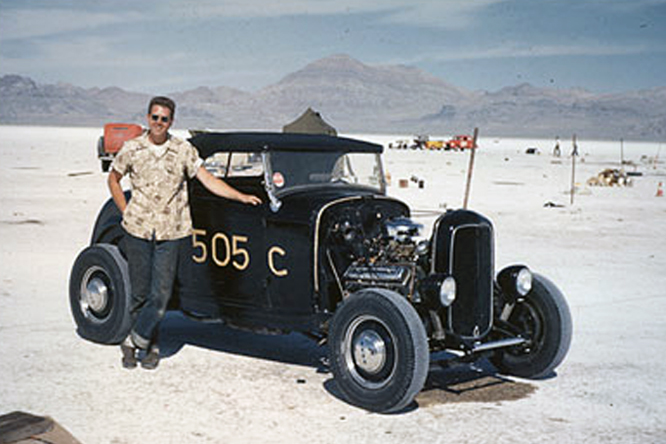
While running at Arlington the ’41 Ford Motor in the Roadster was eventually replaced with a ’49/’50 303 inch / 4965 cc Oldsmobile motor that was machined out to 331 cui / 5425 cc and fitted with a four barrel carburetor. Len drove his Roadster to Bonneville for the Southern California Timing Association Speed trials in ’51, ’52 and ’54s and was timed at 134.12 mph. This was before the establishment of a street legal class and was no match for the trailered cars.
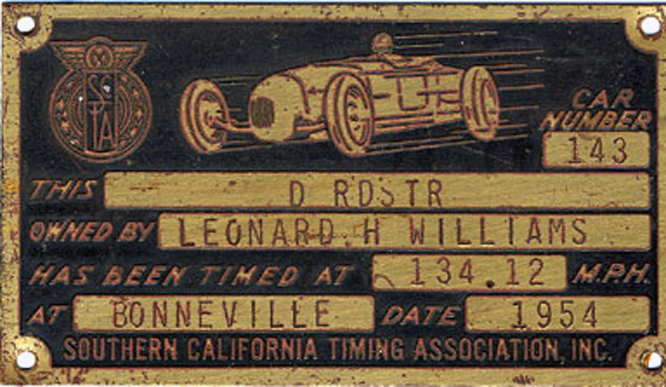
Len put the Roadster aside after Bonneville in ’54 while he fixed up a ’33 five window Coupé with a 283 cui / 4637 cc Chevrolet motor and Corvette cams and manifolds that was capable of 95 mph in 2nd gear. By the time he got back to the Roadster it was suffering from salt corrosion so he decided to strip the car for sand blasting and resprayed the chassis red and body white.
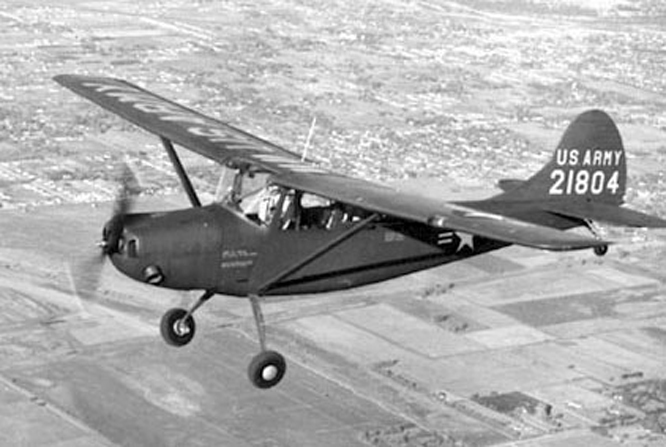
It was after he completed rebuilding the Olds motor for the Roadster and before he had reinstalled it that Len found out about a surplus Boeing 502-8 gas turbine, as used in the military version of a Cessna 170 the L19 reconnaissance aircraft, which he acquired from a New York government surplus lot.
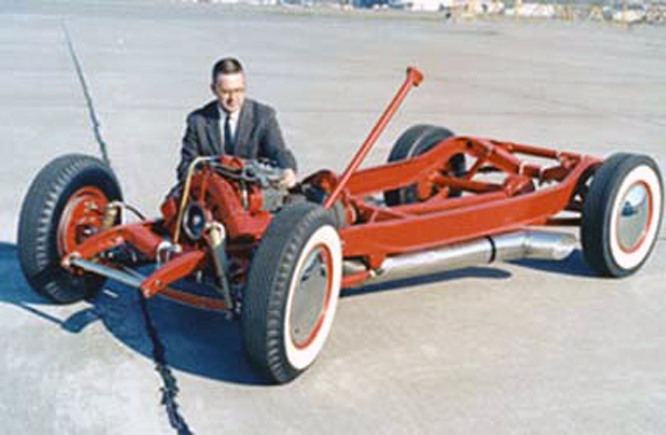
Detailed records indicated that the motor Len purchased had been used to set the Class C small plane altitude record at 37,062 feet it was then put into storage until it became surplus. More surprisingly the motor fitted into the engine bay like a glove, apart manufacturing a couple of steel straps to bolt the motor to the chassis frame, splitting the radius rods, manufacturing an adaptor to connect the turbine output shaft to the Roadsters propshaft, a pair of five inch diameter tailpipes and fitting a 35 gallon fuel tank not much else had to be done, as Len said at the time “it was almost as though Henry (Ford) had the turbine in mind when he built the car (in 1932)”.
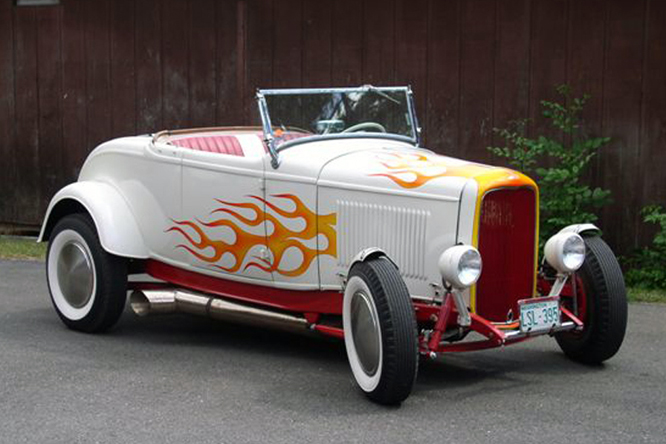
The Boeing 502 gas turbine features a combustion chamber which creates hot air that is forced by a fan through an enclosed space at the end of which a second fan attached to an output shaft gets spun before entering the exhaust pipe. Because the two fans are not directly connected there is no need for a gearbox effectively providing the motor with a built in infinitely variable transmission. In theory one could stand on the brakes and run the gas turbine at maximum 37,000 rpm without stalling the motor, though one might burn out the fan blades if one tried this.
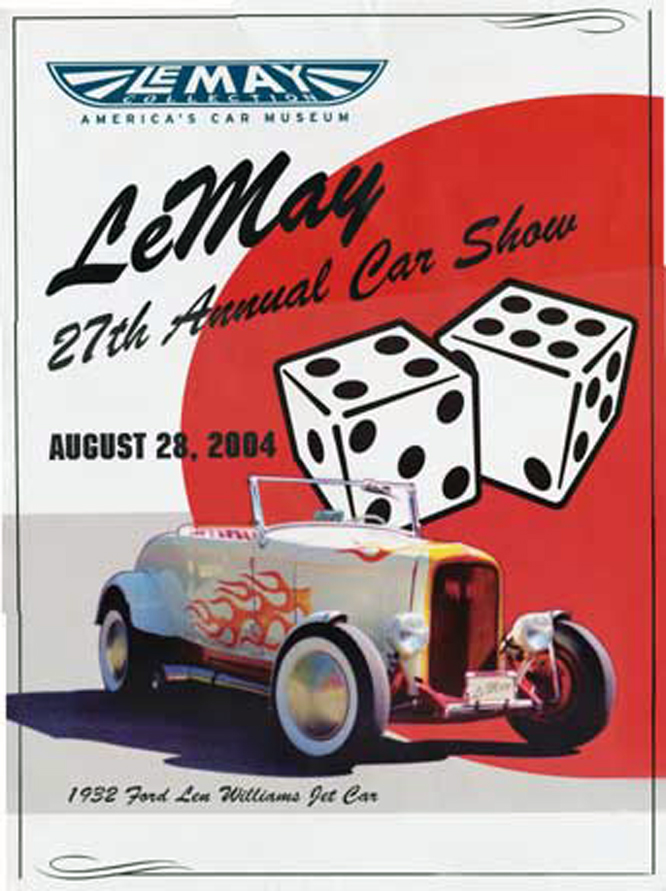
In the rush to complete the car Len, like Rover who manufactured the T4 concept gas turbine car around the same time, dispensed with fitting a reverse gear, however despite the absence of reverse Len resumed driving his ’32 Roadster to work at Boeing’s Plant One.
The Roadster was now capable of 0 – 60 in 5 seconds but was conservatively geared at the rear axle for a top speed of just 75 mph, though Len later fitted a higher gear rear axle and saw an indicated top speed of between 110 mph and 115 mph, but he never ran his turbine powered roadster in competition.
Despite being able to run on a variety of fuels diesel to Jet A one of the drawbacks of the efficient producer of power compared to weight is the inefficient use of fuel, a tear jerking 5-6 mpg was the best Len got from his roadster which was prohibitive even when fuel was available at 16¢ a gallon back in the day.
Len’s gas turbine Roadster project was entirely self funded, Len estimates that by 1962 he had spent around $1500 on the car and a lot of spare time. Eagle eyed GALPOT readers may remember it was around this time that Len’s work took him to Indianapolis with the John Zink Trackburner.
Today Lens ’32 Roadster can be seen at the Le May Museum, unfortunately one of the turbine wheels was burnt out during a demonstration in 2006 and has yet to be repaired.
My thanks to Mr Leonard Williams for today’s remarkable story of private innovation, more details of which can be found on Lens website linked here.
Thanks for joining me on this Gas Turbine edition of ‘Getting’ a li’l psycho on tyres’, I hope you will join me again tomorrow.
Wishing everyone a merry festive season, I’ll be back tomorrow with a short seasonal blog to celebrate a GALPOT contributors birthday. Don’t forget to come back now !
PS Don’t forget …
Automobiliart GALPOT Seasonal Quiz
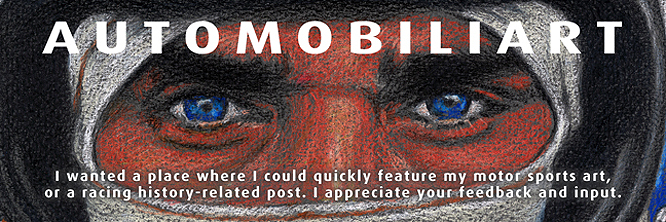
December 26th – January 2nd
Win a set of Paul Chenard Greetings Cards
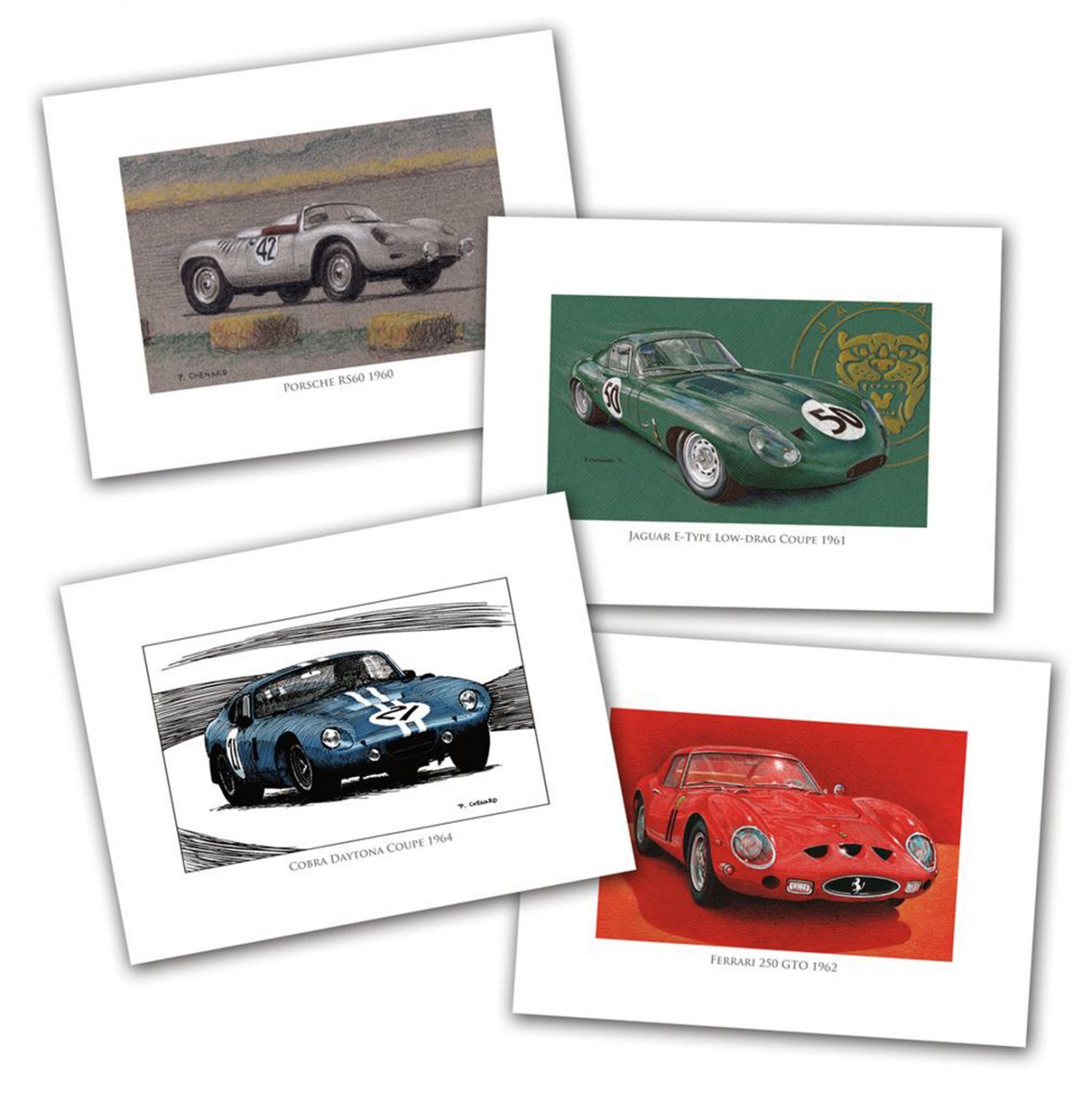
Set 1 Sports & GT Cars
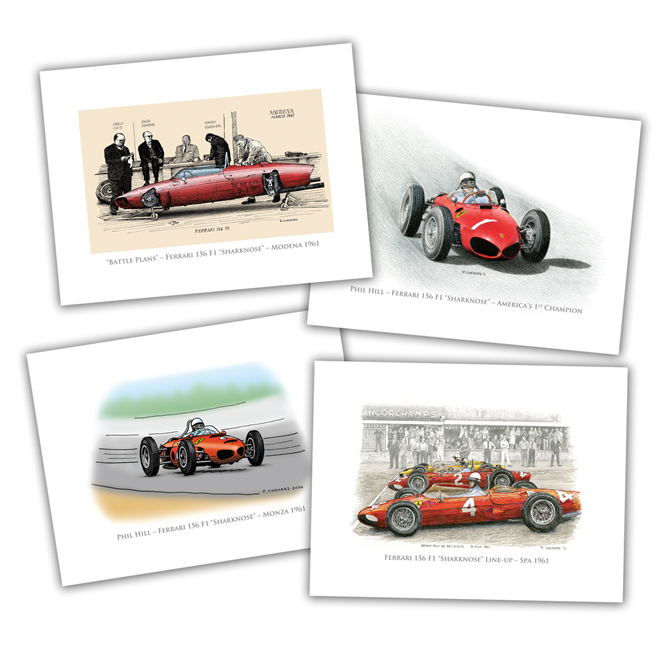
Set 2 Phil Hill World Drivers Championship 50th Anniversary Edition
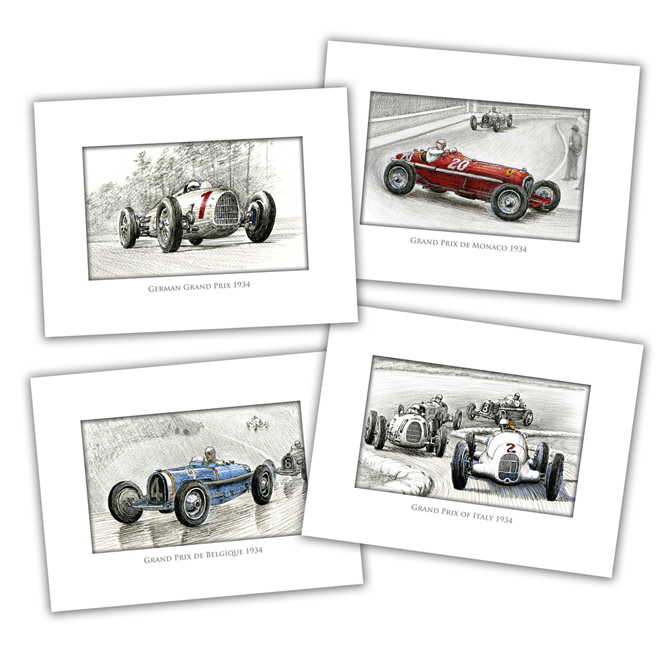
Set 3 1934 Season
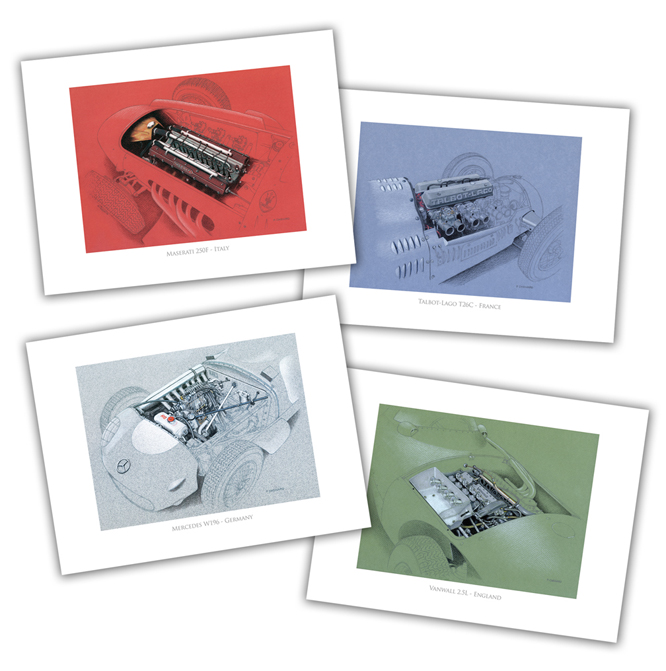
Set 4 Grand Prix Engines of the 1950’s
or
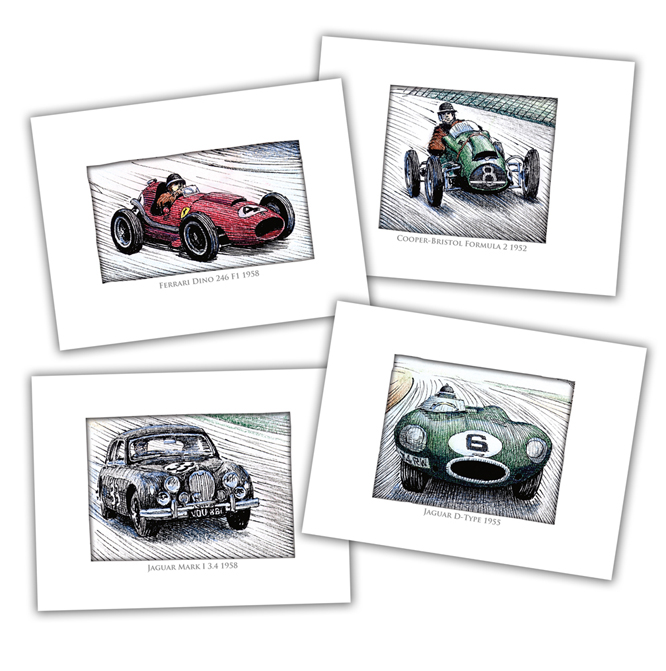
Set 5 Mike Hawthorn’s Race Cars
The Automobiliart GALPOT Seasonal Quiz will comprise 8 categories.
Overall winner chooses one set of Paul Chenard Greetings Cards from the five sets shown above.
The cards measure 15.24cm x 11.43cm, come in packs of 12 with 3 copies of 4 designs in each set, plus A6 envelopes.
Which set will you choose ?
The free to enter Automobiliart GALPOT Seasonal Quiz will run from December 26th – January 2nd Entries close January 8th 2012, Winner announced January 16th 2012.
Full details on December 26th at GALPOT.
Looking for Automotive Seasonal Gift Idea’s? Visit Automobiliart Now !
